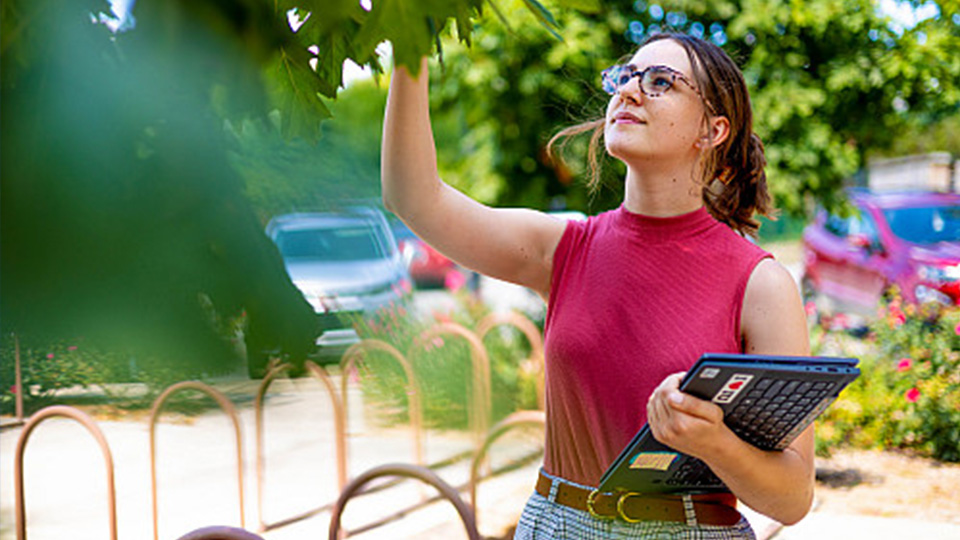IU to map, expand tree canopy across state with federal grant
Subscriber Benefit
As a subscriber you can listen to articles at work, in the car, or while you work out. Subscribe Now
A federal grant will plant the seeds, literally, in rural Hoosier communities to expand their urban tree canopies.
Using a $5 million U.S. Department of Agriculture grant, the Indiana University Environmental Resilience Institute is seeking to increase the percentage of Hoosier municipalities planning and managing their tree cover. Its goal is a 20% increase by planting and supporting 2,500 trees in disadvantaged communities.
The university said that tree cover can reduce public health risks as temperatures continue to rise. Investing in tree infrastructure can reduce temperatures and intercept stormwater.
“Urban trees offer a first line of defense to communities in the form of flood protection and temperature moderation, among other benefits,” ERI Managing Director Sarah Mincey, an associate professor with the O’Neill School of Public and Environmental Affairs and principal investigator of the project, said in a news release. “Historically, these benefits have not been distributed equally, with low-income neighborhoods and communities of color less likely to have access to urban trees, leaving them much more vulnerable to the impacts of climate change.”
The institute will conduct outreach, recruiting communities through its Resilience Cohort, to connect them with funding, support and experts to expand urban green infrastructure. Local governments will then identify areas where they can add trees, receive maintenance training and publish their data in a tree-cover database. A McKinney Climate Fellow will also be assigned to cities and towns to support this initiative locally.
The university conducted a pilot program last year where 245,000 acres in nine communities were assessed for tree cover. The data was then used to obtain grants, guide efforts and expand the tree canopy.
“Our pilot cohort demonstrated communities recognize the tremendous benefits that urban trees provide,” Mincey said. “Expanding these benefits to underinvested neighborhoods through the efforts of IU students will not only enhance community resilience but also improve residents’ quality of life.”
